23
2024-10
Applying AI to satellite manufacturing
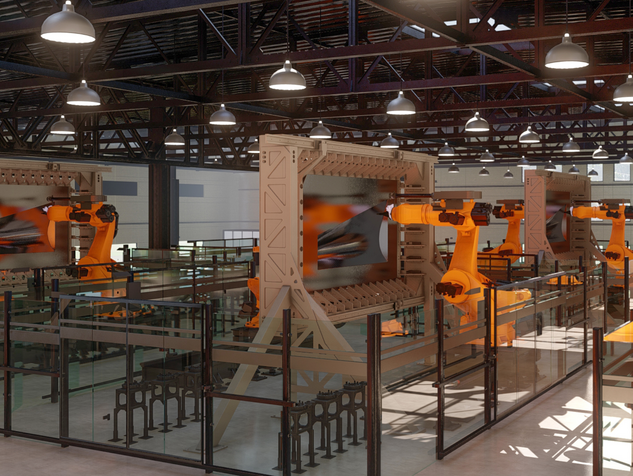
Machina Labs combines AI and robotics to rapidly manufacture advanced composite and metal products. Credit: Machina Labs
MOUNTAIN VIEW, Calif. – Companies are proceeding cautiously in applying artificial intelligence to satellite manufacturing.
Blue Canyon Technologies, for example, wants to better understand how AI can contribute to manufacturing without jeopardizing cybersecurity.
“When you’re trying to teach an AI machine, where does your data go,” Chris Winslett, Blue Canyon Technologies general manager, asked at the Satellite Innovation conference here. “There’s also a concern about pulling in data from external applications. Where do they come from?”
Still, AI can assist in the engineering design process for Blue Canyon, a Raytheon Technologies subsidiary.
“You want to be able to use AI to help you turn a ton of data into information,” Winslett said. Then people can spend their time making decisions, as opposed to going over spreadsheets, he added.
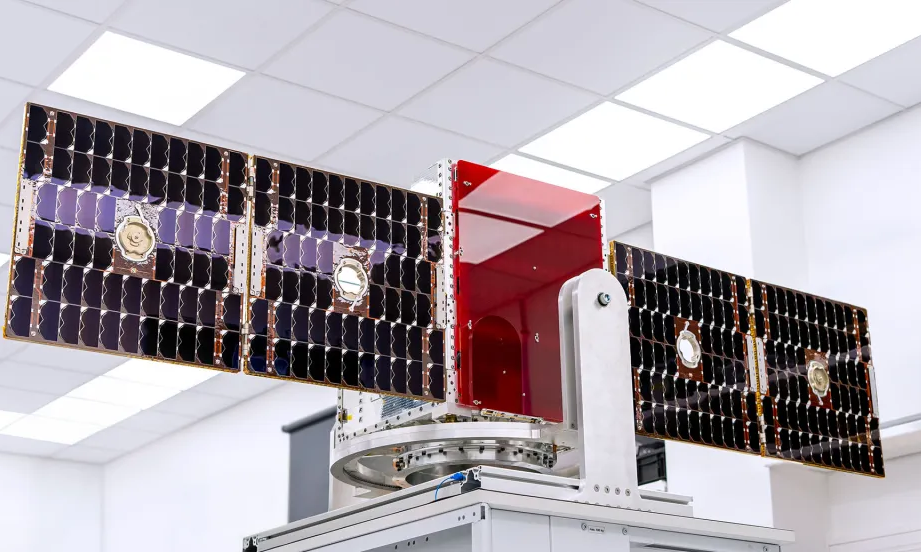
NanoAvionics will base its satellite on its MP42 microsatellite bus, like the one pictured here. Credit: Konsberg NanoAvionics
Kongsberg NanoAvionics
Karolis Senvaitis, Kongsberg NanoAvionics engineering operations director, shares Winslett’s concerns about AI models.
“How can you trust what you’re getting? What’s the source?” Senvaitis asked. “If you’re aggregating results, are you getting the results that you want?”
Until those questions are answered clearly, “I would hardly see this being integrated directly into manufacturing or testing,” Senvaitis said.
He agreed, though, that AI is useful for collecting and analyzing large datasets.
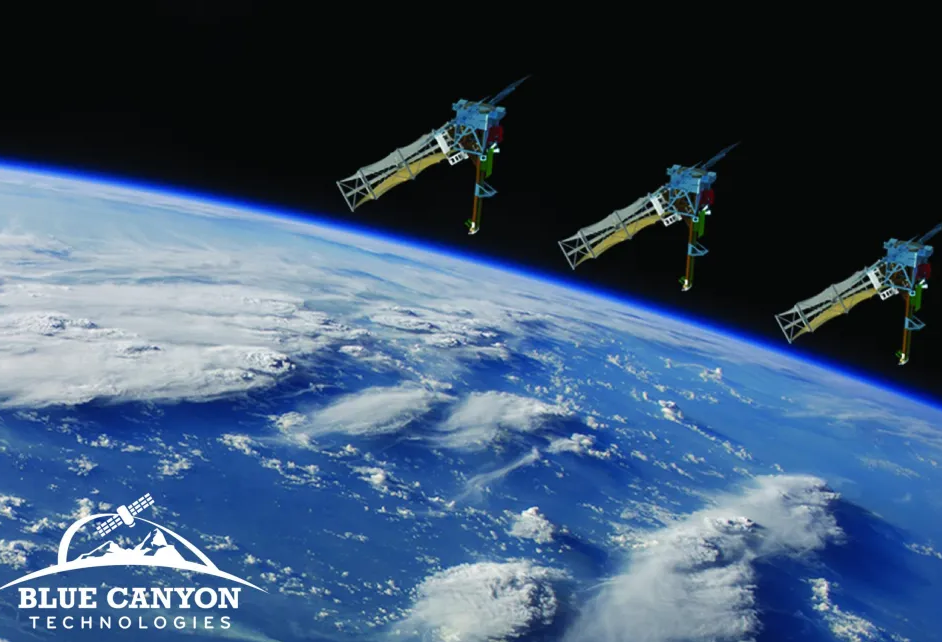
Illustration of Blue Canyon Technologies’ Saturn-class satellite buses. Credit: BCT
Machina Labs
Data provenance is less of a problem for Machina Labs, a Los Angeles startup developing robotic technology for manufacturing metal tooling. Rather than pulling in data from myriad sources or suppliers, Machina Labs generates its own data.
“A lot of our processes incorporate design engineers and process-development engineers, who essentially interpret this plethora of data that is generated by our forming robots,” said John Borrego, Machina Labs vice president of production. “Using load sensors and positional sensors and highly accurate scanning software and devices, we’re able to determine if a part is going to be meeting requirements or not.”
Data from the sensors and devices are stored in a secure cloud.
“We’re just scratching the surface, because now we have concrete data that can be used and leveraged to optimize processes and reduce any kind of quality defects for future parts,” Borrego said.
-
29
2025-05

Tianwen-2 Mission Launched Successfully
At 1:31 AM today, China successfully launched the Tianwen-2 planetary exploration probe from the Xichang Satellite Launch Center using the Long March-3B Y110 carrier rocket.
-
13
2025-05
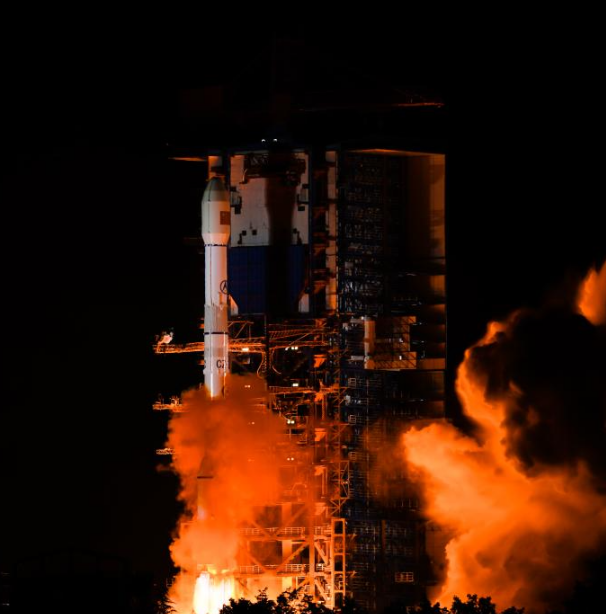
Communication Technology Experiment Satellite No. 19 Successfully Launched
At 2:09 on May 13, China successfully launched the Communication Technology Experiment Satellite No. 19 from the Xichang Satellite Launch Center using a Long March 3B carrier rocket. The satellite smoothly entered its predetermined orbit, and the launch mission was a complete success.
-
12
2025-05
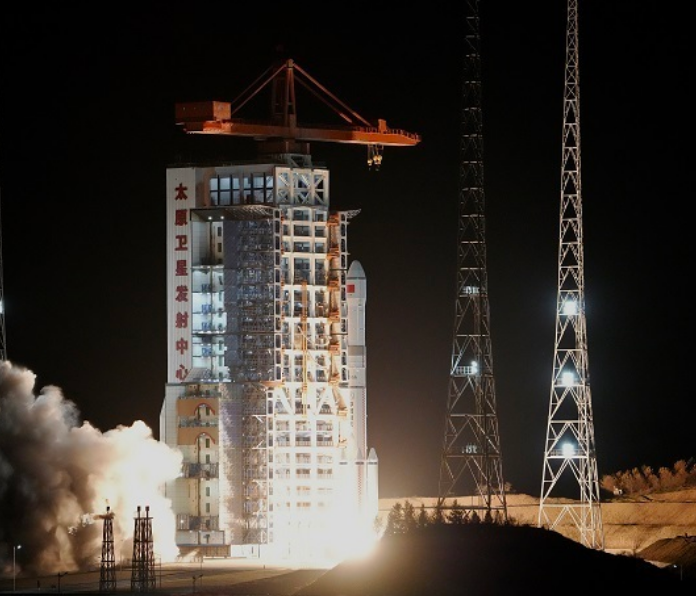
Remote Sensing Satellite No. 40, Group 02, Successfully Launched
On May 11 at 21:27, China successfully launched the Remote Sensing Satellite No. 40, Group 02, from the Taiyuan Satellite Launch Center using a Long March 6A carrier rocket. The satellite entered its predetermined orbit smoothly, and the launch mission was a complete success.









